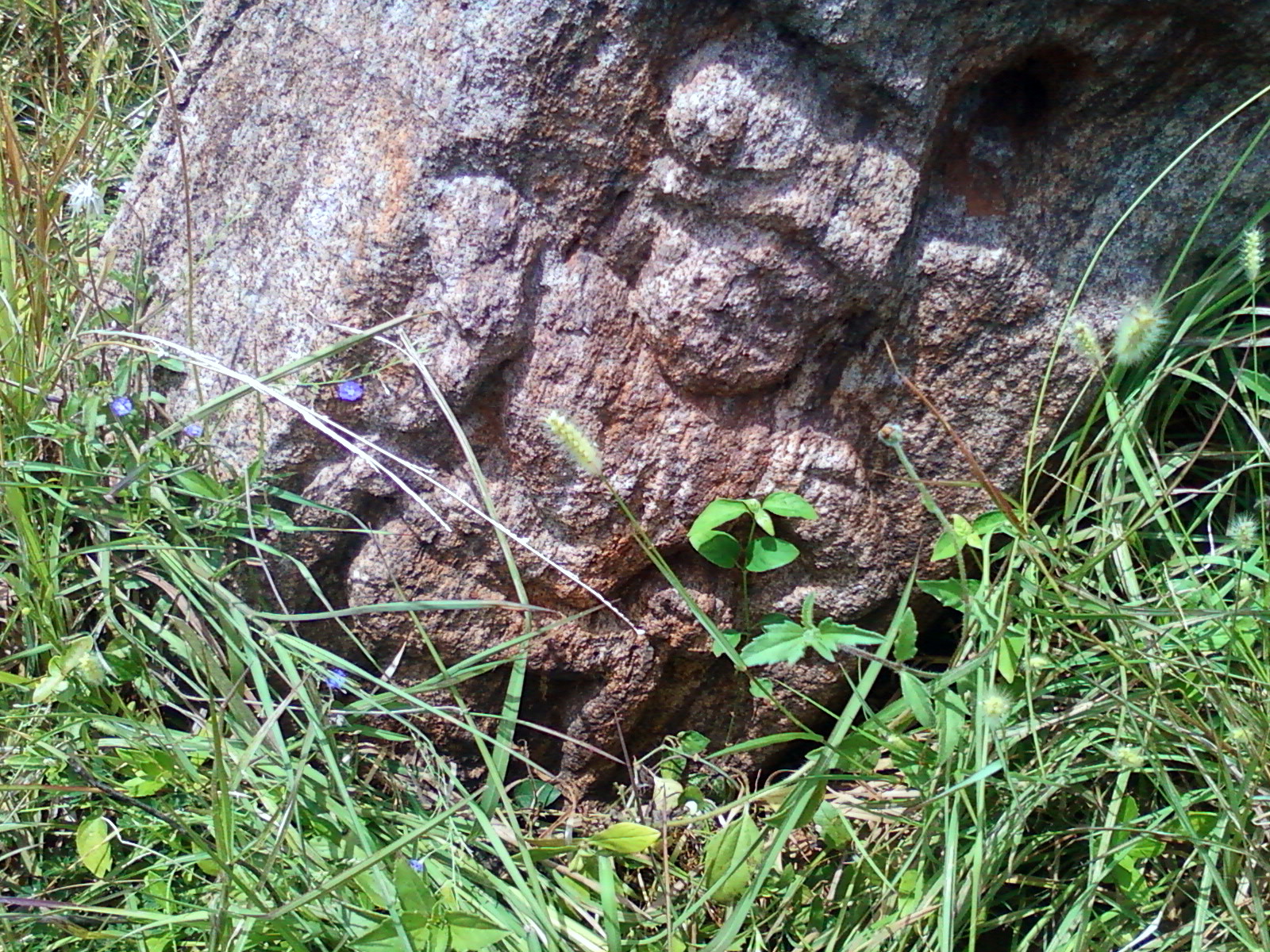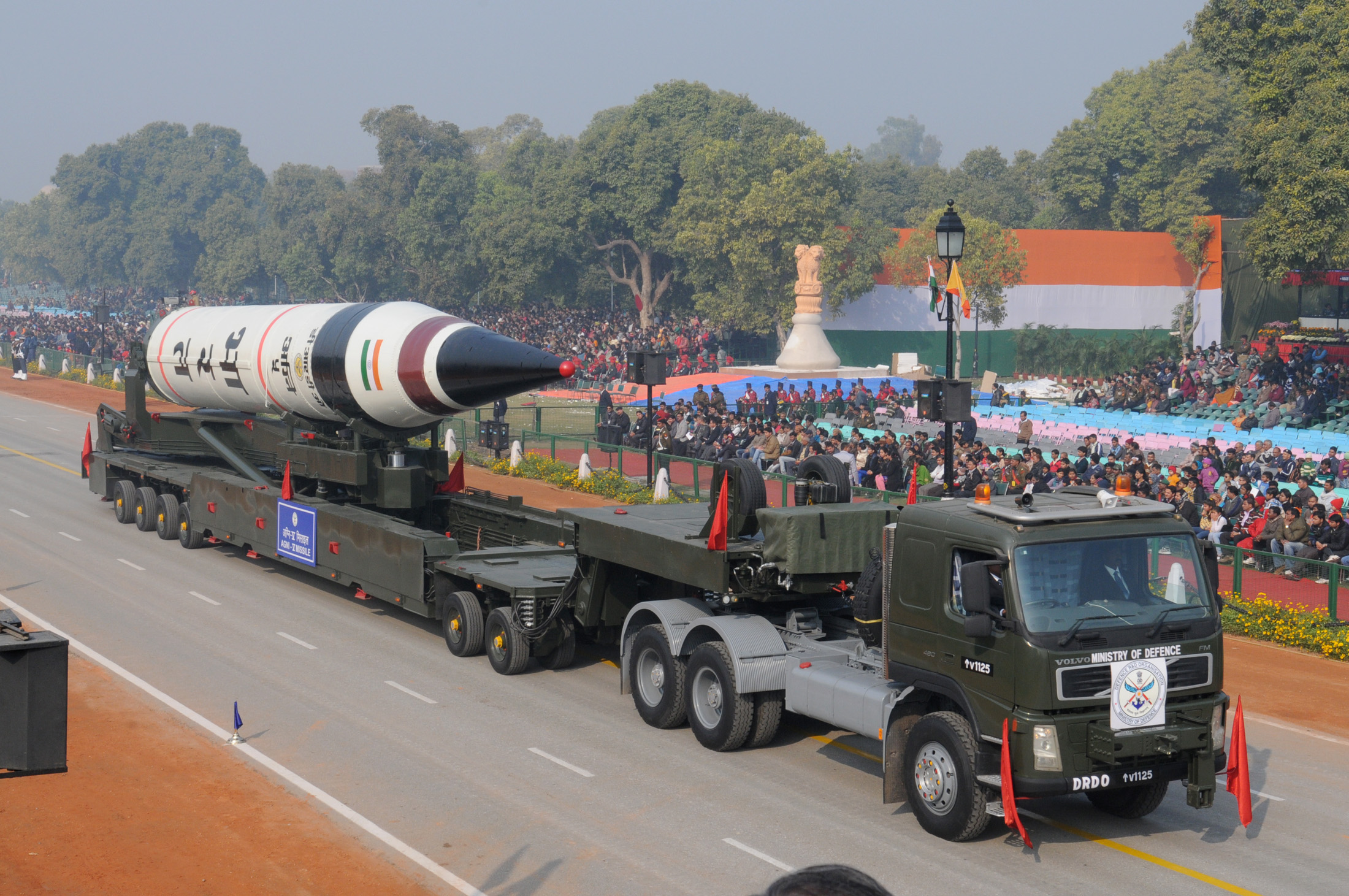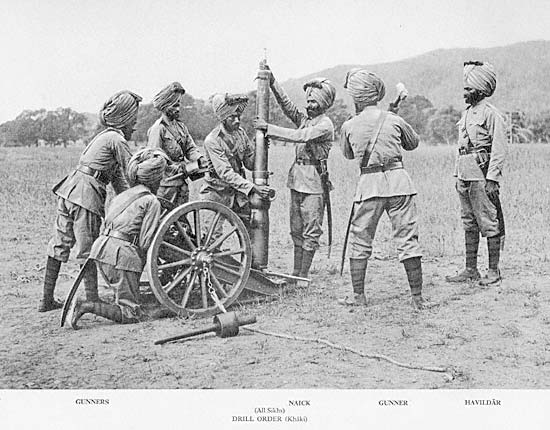|
INS Virbahu
INS Virbahu is an Indian Navy submarine base of the Eastern Naval Command located near Visakhapatnam, Andhra Pradesh. History INS Virbahu was commissioned as the shore support base for submarines on 19 May 1971. Initially, the 8th Submarine Squadron of Vela-class submarines was based here. The Commanding Officer INS Virbahu was also designated as the Captain Submarines, 8th Submarine Squadron. However, with the induction of the Sindhughosh class submarines, the 11th Submarine Squadron was established. As two Submarine Squadrons with eight submarines were based at Visakhapatnam, the scope of responsibility of the Commanding Officer, INS Virbahu, increased. The submarines were then placed under the control of Captain Submarines, 8th and 11th Submarine Squadron. With the increase of the number and type of submarines the operational authority of Submarine Squadrons was elevated from Captain Submarines to Commodore Submarines in April 1990. Since, the appointment of the Commodore ... [...More Info...] [...Related Items...] OR: [Wikipedia] [Google] [Baidu] |
Visakhapatnam
Visakhapatnam (; List of renamed places in India, formerly known as Vizagapatam, and also referred to as Vizag, Visakha, and Waltair) is the largest and most populous metropolitan city in the States and union territories of India, Indian state of Andhra Pradesh. It is between the Eastern Ghats and the coast of the Bay of Bengal. It is the second largest city on the Coastal India, east coast of India after Chennai, and the fourth largest in South India. It is one of the four Smart city, smart cities of Andhra Pradesh selected under the Smart Cities Mission and is the headquarters of Visakhapatnam district. Vizag is popularly known as ''shipbuilding capital of India'' due to presence of multiple shipyards such as Hindustan Shipyard, Naval Dockyard (Visakhapatnam), Naval Dockyard and being the central naval command of the east coast. Visakhapatnam's history dates back to the 6th century BCE. The city was ruled by the Satavahana dynasty, Andhra Satavahanas, Vengi, the Pallava dyna ... [...More Info...] [...Related Items...] OR: [Wikipedia] [Google] [Baidu] |
INS Vajrabahu
INS Vajrabahu is an Indian Navy submarine base of the Western Naval Command located near Mumbai in Maharashtra. It was commissioned on 1 February 1996. History After the Indian Navy acquired the Vela class submarines in 1973 from the Soviet Union, the submarine base operated from temporary facilities in Mumbai. The base hosted the office of Captain Submarines (SM), 9th submarine squadron (who was initially the ''ex-officio'' Commanding Officer of the submarine depot ship, INS Amba. The facilities for the submarine base continued to expand over time. A submarine base complex (SMBC) was commissioned on 22 August 1987 as A-14 building by the then Chief of the Naval Staff Admiral R. H. Tahiliani in Mumbai for the submarine fleet of the Western Naval Command. This operations base was expanded to include submarine support facilities and commissioned as INS Vajrabahu on 1 February 1996 by Admiral Vijai Singh Shekhawat. In the ensuing years, a Submarine Motion Control Simulator, A ... [...More Info...] [...Related Items...] OR: [Wikipedia] [Google] [Baidu] |
List Of Indian Air Force Stations
The Indian Air Force currently operates seven Air Commands. Each command is headed by an Air Officer Commanding-in-Chief of the rank of Air Marshal. The Air Force currently has over 60 air stations all over India. These are grouped into seven commands: Western Air Command at New Delhi, Delhi. Eastern Air Command at Shillong, Meghalaya. Central Air Command at Prayagraj, Uttar Pradesh. Southern Air Command at Thiruvananthapuram, Kerala. South Western Air Command at Gandhinagar, Gujarat. Training Command at Bengaluru, Karnataka, and Maintenance Command at Nagpur, Maharashtra. The largest airbase is in Hindon, Uttar Pradesh. There are a number of newer air stations being built as well, in line with India's strategic doctrine. The Indian Navy has some separate air stations for its aviation wing. Western Air Command is the largest Air Command. It operates sixteen air stations from Jammu & Kashmir, Punjab, Haryana, Himachal Pradesh and a couple of Air stations in Uttar Pradesh. Ea ... [...More Info...] [...Related Items...] OR: [Wikipedia] [Google] [Baidu] |
Strategic Forces Command
The Strategic Forces Command (SFC), sometimes called Strategic Nuclear Command, forms part of India's Nuclear Command Authority (NCA). It is responsible for the management and administration of the country's tactical and strategic nuclear weapons stockpile. It was created on 4 January 2003 by the Vajpayee Government. Air Marshal Teja Mohan Asthana became its first commander-in-chief. Responsibility It is the responsibility of the Strategic Forces Command (SFC) to operationalize the directives of the Nuclear Command Authority (NCA) under the leadership of a Commander-in-Chief who is a three-star rank officer. It will have the sole responsibility of initiating the process of delivering nuclear weapons and warheads, after acquiring explicit approval from the NCA. The exact selection of the target area shall be decided by the SFC through a calibrated, cumulative process involving various levels of decision-making, and with formal approval by the NCA. The SFC manages and ... [...More Info...] [...Related Items...] OR: [Wikipedia] [Google] [Baidu] |
Indian Armed Forces
The Indian Armed Forces are the armed forces, military forces of the India, Republic of India. It consists of three professional uniformed services: the Indian Army, the Indian Navy, and the Indian Air Force.—— Additionally, the Indian Armed Forces are supported by the Central Armed Police Forces, the Indian Coast Guard, and the Special Frontier Force and various Jointness and integration in the Indian military, inter-service commands and institutions such as the Strategic Forces Command, the Andaman and Nicobar Command, and the Integrated Defence Staff. The President of India is the Commander-in-Chief, Supreme Commander of the Indian Armed Forces but the executive authority and responsibility for national security is vested in the Prime Minister of India and their chosen Cabinet Committee on Security, Cabinet Ministers. The Indian Armed Forces are under the management of the Ministry of Defence (India), Ministry of Defence of the Government of India. With strength of over ... [...More Info...] [...Related Items...] OR: [Wikipedia] [Google] [Baidu] |
Nuclear Command Authority (India)
The Nuclear Command Authority (NCA) of India is the authority responsible for command, control and operational decisions regarding India's nuclear weapons programme. It comprises a Political Council headed by the Prime Minister of India and an Executive Council headed by the National Security Advisor. Introduction India's first Nuclear test was conducted on 18 May 1974 with the code name Smiling Buddha. Since then India has conducted another series of tests at the Pokhran test range in the state of Rajasthan in 1998, which included a thermonuclear test, code named Operation Shakti. India has an extensive civil and military nuclear program, which includes at least 10 nuclear reactors, uranium mining and milling sites, heavy water production facilities, a uranium enrichment plant, fuel fabrication facilities, and extensive nuclear research capabilities. Though India has not made any official statements about the size of its nuclear arsenal, different country estimates indic ... [...More Info...] [...Related Items...] OR: [Wikipedia] [Google] [Baidu] |
Integrated Space Cell
The Integrated Space Cell was the nodal agency within the Government of India with oversight of the security of its space based military and civilian hardware systems. It was to be jointly operated by all the three services of the Indian Armed Forces, the civilian Defence Research and Development Organisation and the Indian Space Research Organisation (ISRO). This agency was superseded by Defence Space Agency in 2019. As of April 2025, India has plans to have a constellation of 52 dedicated military satellites.Military space doctrine & national military space policy on the anvil, says CDS Gen Chauhan The Print, 7 April 2025. Description The Integrated Space Cel ...[...More Info...] [...Related Items...] OR: [Wikipedia] [Google] [Baidu] |
Integrated Defence Staff
The Integrated Defence Staff (IDS) is an organisation responsible for fostering coordination and enabling prioritisation across the different branches of the Indian Armed Forces. It is composed of representatives from the Indian Army, Indian Navy, Indian Air Force, Ministry of External Affairs, Defence Research and Development Organisation (DRDO), Ministry of Defence and Ministry of Finance. The IDS is headed by Chief of Integrated Defence Staff along with Deputy Chiefs of Integrated Defence Staff. On December 24, 2019, the Cabinet Committee on Security (CCS) established the post of Chief of Defence Staff, a four-star general, a tri-service Chief, that shall lead the defence forces as well as play the role of head of the Department of Military Affairs. The body advises and assists the Chief of Defence Staff. Role and Responsibilities Roles of the IDS includes facilitating the efficient functioning of multi-service bodies, providing secretarial and domain expertise to the Min ... [...More Info...] [...Related Items...] OR: [Wikipedia] [Google] [Baidu] |
Defence Cyber Agency
The Defence Cyber Agency (DCyA) is an integrated tri-services agency of the Indian Armed Forces. Headquartered in New Delhi, the agency is tasked with handling cyber security threats. The DCyA draws personnel from all three branches of the Armed Forces. The head of the DCyA is an officer of two-star rank, and reports to the Chief of Defence Staff (CDS) through the Integrated Defence Staff (IDS). Indian Navy Rear Admiral Mohit Gupta was appointed in May 2019 as the first head of the DCyA. The DCyA was expected to be operational by November 2019. As of 2021, DCyA was fully operational with Army, Air Force, and Navy establishing their respective Cyber Emergency Response Teams (CERT). History The Naresh Chandra Task Force was set up in July 2011 by National Security Advisor Shivshankar Menon to review the recommendations of the Kargil Review Committee, assess the implementation progress, and suggest new reforms related to national security. The task force was led by Naresh Cha ... [...More Info...] [...Related Items...] OR: [Wikipedia] [Google] [Baidu] |
Armed Forces Special Operations Division
The Armed Forces Special Operations Division (AFSOD) is an integrated tri-services division of the Indian Armed Forces. The division is tasked to carry out special operations. The AFSOD draws personnel from all three special warfare branches of the Indian Armed Forces. Indian Army Major General A. K. Dhingra, who is a war veteran from the Para SF, was appointed in May 2019 as the first head of the AFSOD. The division is expected to be converted into a full sized tri-service command in future. History Origins The Naresh Chandra Task Force was set up in July 2011 by National Security Advisor Shivshankar Menon to review the recommendations of the Kargil Review Committee, assess the implementation progress and further suggest new reforms related to national security. The task force was led by Naresh Chandra, retired Indian Administrative Service officer, and comprised 13other members, including Gopalaswami Parthasarathy, Air Chief Marshal Srinivasapuram Krishnaswamy ... [...More Info...] [...Related Items...] OR: [Wikipedia] [Google] [Baidu] |
List Of Active Indian Navy Ships
The Indian Navy (IN), which is the naval warfare branch of the Indian Armed Forces, has approximately 135+ warships on active commission. By forethought, the IN's Maritime Capability Perspective Plan (MCPP) for the period 2012–2027 had set the objective of the service becoming a 200-ship fleet by 2035; however, that number has since been reduced to 175 in December 2019 – principally owing the IN's dearth of budgetary founding, its ageing fleet and delays in the construction of naval assets. By certain calculations, the IN is still estimated to comprise a future total of 155-160 ships by 2030. By inventory, the IN's principal assets include its Fleet carrier, aircraft carrier component – the service has operated a total of four aircraft carriers since 1961; its List of submarines of the Indian Navy, submarine component – which presently includes a Nuclear deterrence, strategic submarine force; and its Amphibious assault ship, amphibious component – which principally o ... [...More Info...] [...Related Items...] OR: [Wikipedia] [Google] [Baidu] |




